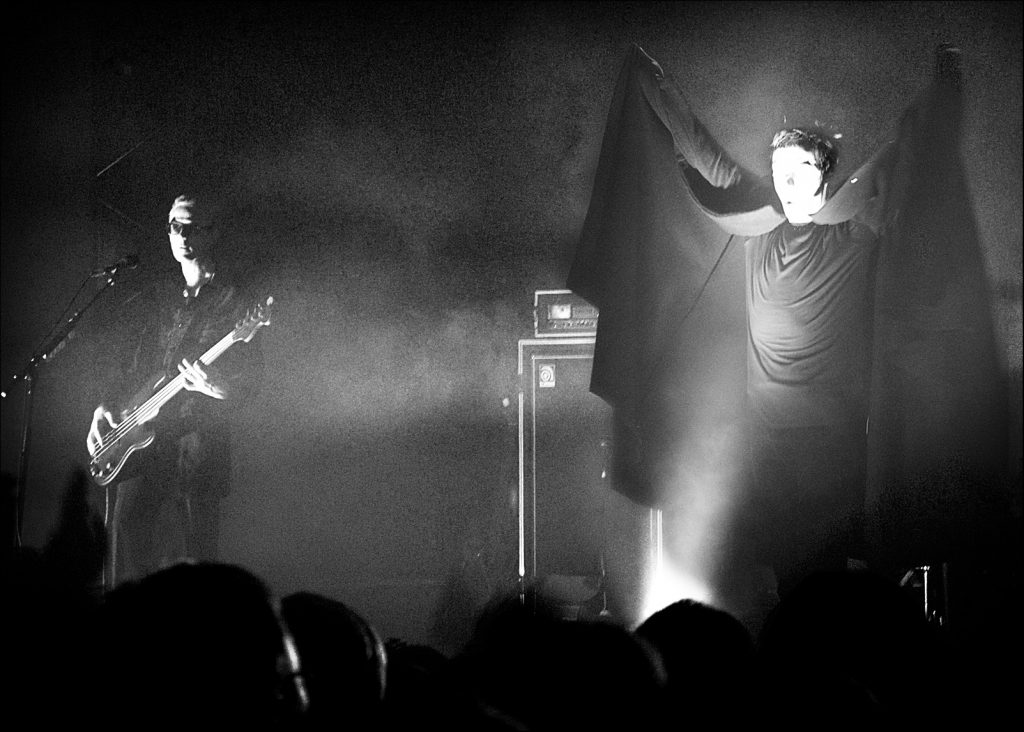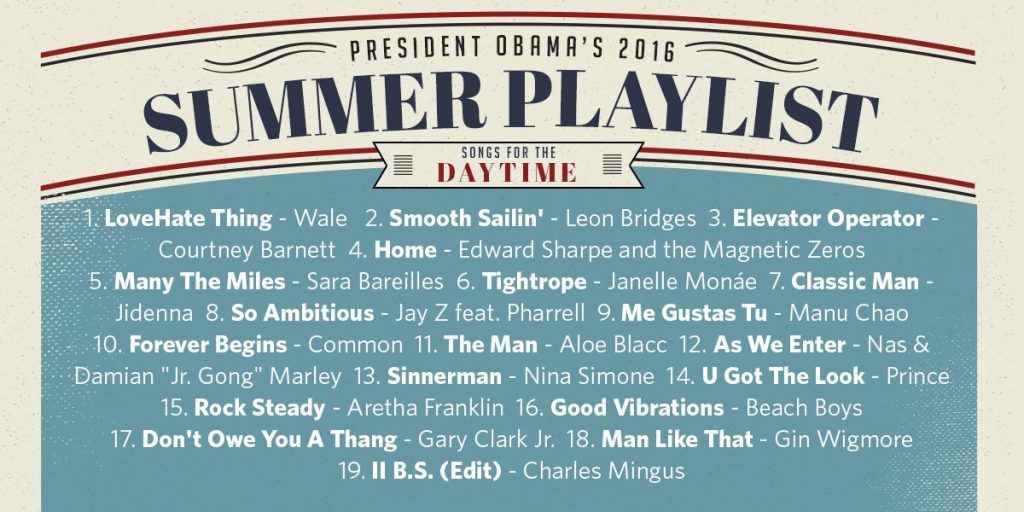Paul Thomas Anderson, as his fans will tell you, makes the kind of large-scale cinema nobody else does anymore: intense of emotion, involved of story, colorfully populated, wide of aspect ratio (and even, in the case of The Master, shot on 70-millimeter film), no superheroes asked, none given. Having displayed unwavering commitment to his visions from the very beginning, it makes sense that, on his latest music video, he would work with Radiohead, a band no less committed to their own. Radiohead fans know the ambitiousness of a Radiohead song or album when they hear it, but what makes the video Anderson directed for “Daydreaming,” their single released this past May, Andersonian?
“Like many great works of art, Radiohead’s latest music video makes you struggle for its inner meaning,” says Rishi Kaneria in his explanatory video “Radiohead: the Secrets of ‘Daydreaming.’ ” His narration describes the video’s ostensibly simple form: “an older, tired-looking Thom Yorke” — Radiohead’s singer and co-founder — “opening door after door, and like a ghost, walking through the background of seemingly random people’s lives,” all “a metaphor for the choices Thom has had to make in his life, of the doors he’s stepped through, while never quite knowing what’s on the other side. Because he can never go back, we see him constantly pushing forward, continually searching for meaning and an ultimate resting place. ”
Kaneria keys in on details that only those with a thorough knowledge of the life and work of Yorke and his band could notice. In real life, Yorke had just split up with his partner of 23 years; in the video, he walks through 23 doors. In the video, he wears an outfit designed by Rick Owens; in real life, his partner was named Rachel Owens. (Well, Rachel Owen, but close enough.) The various rooms through which York passes contain women, usually mothers, even in a hospital ward. Can we consider that a reference to his recuperation from a “severe car crash in 1987, especially considering there’s a wheel on the wall”?
When Yorke’s character finally finds solace beside a fire in a cave, he speaks a backwards phrase to the camera which, reversed, sounds like, “Half of my life, half of my love.” 23 years, of course, constitutes just about half of the 47-year-old Yorke’s life — and, Kaneria notes, the number of years since the band began recording. The video also performs other exegeses numerical, lyrical, and visual, and zodiacal, everywhere finding references to Rachel as well as to Radiohead — song titles, album art, even the settings of past music videos — to the point that we see “how Thom’s personal life with Rachel is inescapably saturated and surrounded by all things Radiohead.”
Nobody ever called balancing the demands of domestic life and those of perhaps the biggest rock band in the world easy. Still, few recent works of art have illustrated this kind of struggle as vividly as the “Daydreaming” video, and Anderson, not just one of the most famous and respected filmmakers alive but a husband and a father to four children, surely knows something about it as well. So often compared to his cinema-redefining predecessors from Robert Altman to Stanley Kubrick, he must also know as well as Yorke does what it means to have your work subjected to such close scrutiny — and to want to create work that will repay that scrutiny.
The Anderson-Radiohead connection goes as least as far back as 2007’s There Will Be Blood, scored by the band’s guitarist Jonny Greenwood. Anderson commissioned Greenwood’s musical services again for his next two pictures, The Master, and Inherent Vice, and last year made a documentary called Junjun about Greenwood’s solo album of the same name. No matter how much of Kaneria’s presented revelation you believe, “Daydreaming” sits as suitably with the rest of Anderson’s filmography as it does in its treatment of an old theme: you can’t enjoy every kind of satisfaction — but from the lifelong battle to do so, mostly against oneself, emerges art.
Related Content:
Radiohead’s “Creep” Performed in a Vintage Jazz-Age Style
Michel Gondry’s Finest Music Videos for Björk, Radiohead & More: The Last of the Music Video Gods
Radiohead-Approved, Fan-Made Film of the Band at Roseland for 2011′s The King of Limbs Tour
Radiohead’s Thom Yorke Gives Teenage Girls Endearing Advice About Boys (And Much More)
Radiohead: Making Videos Without Cameras (or Lights)
Based in Seoul, Colin Marshall writes and broadcasts on cities and culture. He’s at work on a book about Los Angeles, A Los Angeles Primer, the video series The City in Cinema, the crowdfunded journalism project Where Is the City of the Future?, and the Los Angeles Review of Books’ Korea Blog. Follow him on Twitter at @colinmarshall or on Facebook.




